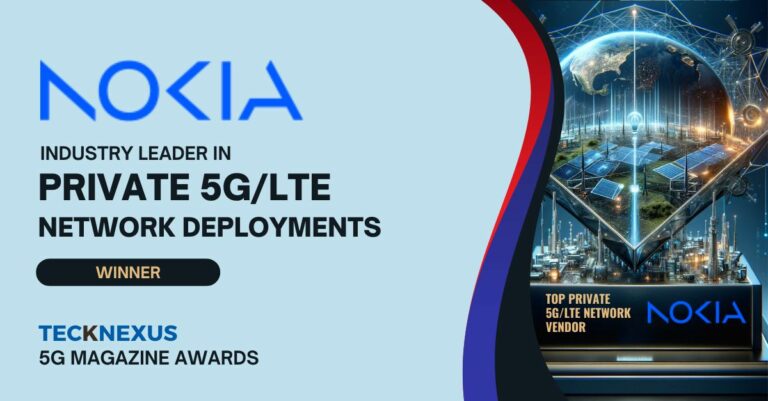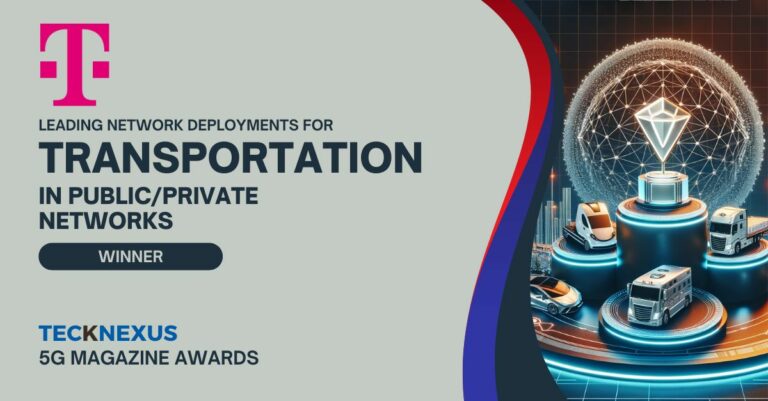Initial rollouts of 5G networks have been completed in many countries, and more countries are firming up their spectrum allocation for 5G, thereby enabling Telcos to roll out the networks. However, there is a difference in the rollout plans for 5G compared to the previous network rollout plans because 5G networks are increasingly becoming software driven.
Mobile Network Operators are moving towards virtualized, cloud-optimized Radio Access Network (RAN) architecture. Virtual RAN solutions enable telecom Operator’s networks to behave more like IT networks. While this helps operators integrate the RAN into the rest of their network infrastructure more seamlessly, it also helps them to manage and scale better. In turn, it leads to simplifying the deployment, provisioning, and automated network management with AI/ML.
RAN is a significant investment for a telecom operator. However, the virtualization and cloudification of the RAN help in bringing down the Capex and Opex for the mobile network operator.
Private 5G networks
To benefit from the power of 5G in making their operations more automated and efficient, many enterprises have started to roll out private 5G networks. Large enterprises such as manufacturing companies, Oil and Gas companies, etc, are adopting these changing dynamics by expanding the scope of their traditional CIO role to manage these networks or hiring a new Chief Network Officer (CNO). Many Telco Operators also offer to manage and operate the private 5G networks to ease the job of an enterprise.
We can expect a significant increase in the 5G-enabled industries soon. Here again, The virtualized RAN networks can aid in the adoption of private 5G by enterprises, as it is easier for them to integrate it with their existing infrastructure.
Open RAN – bridging users and key applications
Open RAN solutions lie at the epicenter of this virtualized digital transformation by disaggregating and virtualizing RAN software to run on diverse hardware platforms. Open RAN solutions allow MNOs to work with a multi-vendor Radio Access Network, which allows them to optimize their network with respect to the Total Cost of Ownership (TCO). What is more, it offers a choice of the best and most innovative solutions from different vendors that can be plugged into the RAN network.
While many Telcos are increasingly looking to benefit from the Open RAN architecture, most of them are not yet convinced that the new players who will become potential suppliers of Open RAN equipment has reached the same maturity level as the traditional, bigger OEMs.
Their apprehension is not unfounded. These complex systems could take some time to match the performance levels of traditional players who have reached maturity after years of learnings in the field and billions of dollars of investments in building the network.
As a result, many Telcos have scaled down on their Open RAN deployment targets for the next 2-3 years. While this can be seen as a setback to the Open RAN ecosystem – at least during the initial days- in the long run, it will transform the industry and provide the promised benefits to all stakeholders. The expectation is that over the next 5-6 years, most of these vendors will have reached the required technological maturity to command a much bigger share of the overall network deployment.
Another aspect that was also bothering the Operators was the fact that while there was significant diversity in Remote Radio Unit (RU) hardware vendor ecosystem, there was only one significant vendor providing the semiconductor chips for the baseband unit or Distributed Unit (DU). But that is changing now with more chipset companies bringing more cost-effective and power-efficient DU chips. This will also help drive the true potential of the Open RAN ecosystem and speed up its adoption.
We expect that by 2026 there will be significant deployment of Open RAN-based Telco networks.
Edge Computing – an effective solution to emerging network problems
Another dimension to the implementation of virtualized telecom networks is the proliferation of Edge Computing. This leading-edge architecture allows telcos to push a lot of compute power to the edge of the network and helps them to deploy many of the 5G-enabled high bandwidth and low latency use cases such as Gaming, Healthcare, Autonomous Cars, and Smart Cities, among others.
The edge computing platform need not be just a server sitting in a data center, it could come in many shapes and forms as the number of use cases are exploding in 5G. One example is that many automotive companies are looking at making their car as a mobile edge computing platform to offer a myriad of value-added services through their cars. Edge computing platforms will also help build more intelligent networks that can fully harness the power of 5G and beyond.




























































